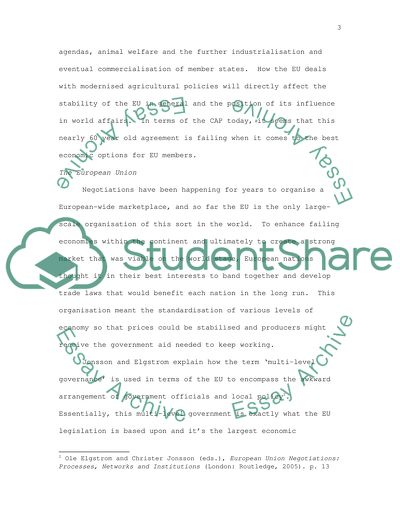Cite this document
(“Agriculture and the European Union Essay Example | Topics and Well Written Essays - 3500 words”, n.d.)
Retrieved de https://studentshare.org/politics/1517235-agriculture-and-the-european-union
Retrieved de https://studentshare.org/politics/1517235-agriculture-and-the-european-union
(Agriculture and the European Union Essay Example | Topics and Well Written Essays - 3500 Words)
https://studentshare.org/politics/1517235-agriculture-and-the-european-union.
https://studentshare.org/politics/1517235-agriculture-and-the-european-union.
“Agriculture and the European Union Essay Example | Topics and Well Written Essays - 3500 Words”, n.d. https://studentshare.org/politics/1517235-agriculture-and-the-european-union.


